Review of Warhammer Age of Sigmar: Realms of Ruin: A Simplified Fantasy RTS That Isn’t Entertaining
It looks amazing, Warhammer Age of Sigmar: Realms of Ruin. Although I haven’t played many RTS games, this one is the best I’ve ever played with really well-made cutscenes, fully voiced characters that talk other than through grunts, and production qualities that surpass most of the previous titles.
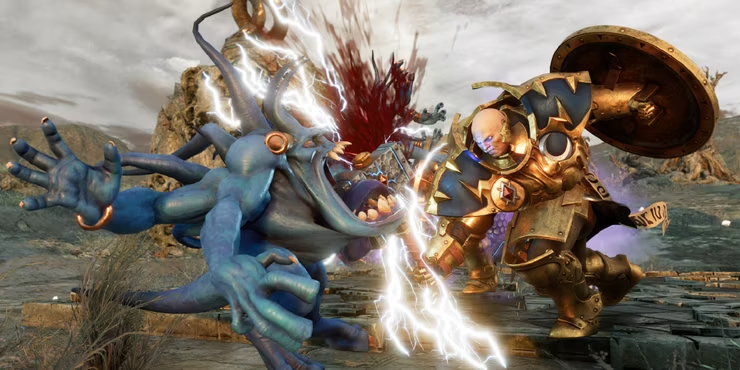
Warhammer has a rich history in the role-playing game genre. Who would have guessed that fans of controlling plastic soldiers on a tabletop would like doing the same thing virtually? And it’s high time Age of Sigmar joined the fray that has long been controlled by Fantasy and 40K. Realms of Ruin, like its tabletop equivalent, aims to improve production qualities and introduce new players to the genre, although it is far from the great games Total War: Warhammer and Dawn of War.
Realms of Ruin does a good job of tempering the long-standing stereotype of Stormcast Eternals as soulless, faceless poster boys and despised mascots throughout the campaign. The main plot elements, which are primarily presented through cutscenes, are all compelling even though the game doesn’t have the same amount of empathy for your grunts as XCOM. Good, varied vocal performances sell you on the characters. In terms of Warhammer video games, I’m also happy that Tzeentch is finally getting the attention it deserves after spending far too much time in the background.
Note: The Realm of Ghur is not as likable as the Stormcast, despite the former being more so than their tabletop counterparts. Realms of Ruin’s environment is drab throughout, devoid of the high fantasy magic that keeps the Old World going.
But the same cannot be true of the fights. Combat is clumsy and imprecise, frequently to the point of being annoying, in an effort to simplify the RTS genre and make the game playable on consoles.
While you spend a lot of time carefully moving ranged units while your close combat monsters mop up in the center of the action, you cannot automate the actions of your units, which is a much-needed feature in the campaign. The closest thing would be to command your unit to engage in combat if it approaches an adversary; otherwise, it would simply walk right by any confrontation in order to accomplish its objective.
The concept of RTS is severely hampered by this lack of accuracy, and even if Realms of Ruin is unquestionably simpler to play on Xbox than Dawn of War, it is still not a more enjoyable game. Piloting units is a very picky aspect of the genre, which is unfortunate because gameplay is an intriguing development of it.
To gather resources, you capture strategic magical goals rather than base building to aid in unit production. This makes you play more aggressively and disfavors defensive play, which is effective in the campaign but excels in multiplayer.
The multiplayer in Realms of Ruin is reminiscent of both Counter-Strike and Total War. Early skirmishes have the ability to change the course of a conflict before persistent pushes can turn things around, since objectives are a requirement for power. The four playable races keep things interesting and the matches are frequently hard-fought battles. Nevertheless, the ambiguous control system and faulty selection tool continue to hinder multiplayer battles.
In fact, it’s the opposite way around: this isn’t a single-player game with multiplayer tacked on to sell battle passes. Despite all the triple-A quality sequences meant to create the ideal experience, I actually enjoyed playing other people more than facing the AI. Realms of Ruin, however, demonstrates that without intricate gameplay mechanisms and accurate controls to support them, games are worthless, regardless of how fashionable or well portrayed your Lord of Change character model is.
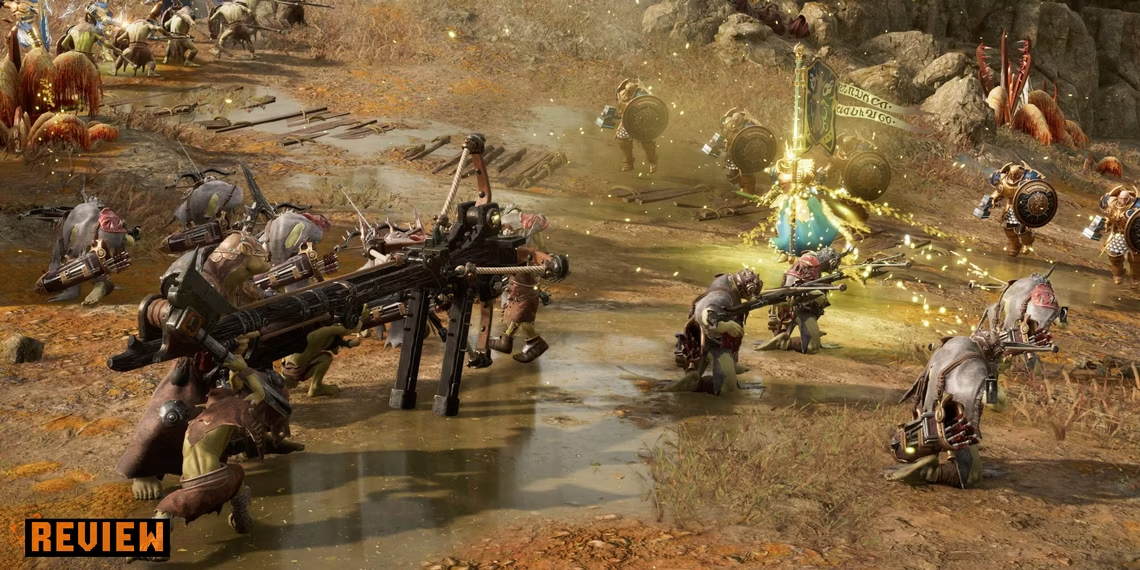





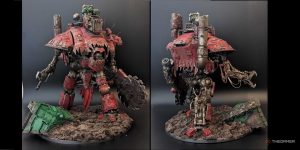

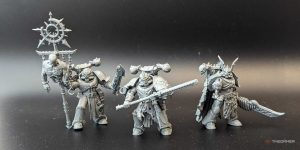
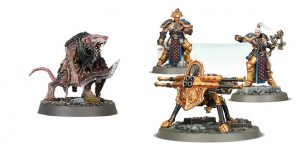




Post Comment